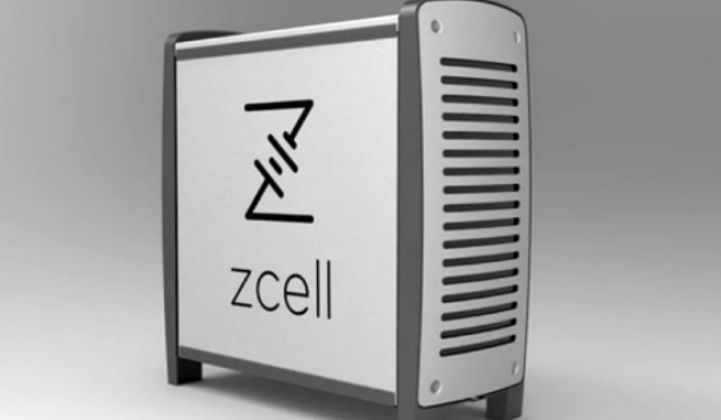Redflow is garnering interest in its zinc-bromine flow batteries from telecommunication companies and other businesses throughout Southeast Asia. Companies in several countries are currently evaluating the Redflow ZBM2 battery’s ability to provide backup power to remotely located telecommunication towers, according to trhe battery maker.
Last June, Redflow released a version of its flow battery for residential applications. Now it's eyeing the telecom market.
"We currently support integration partners in India, Indonesia, Singapore, Thailand and the Philippines who have sold small systems so telecommunication companies can evaluate our batteries in the field," said global sales director Andrew Kempster.
Kempster was reticent about revealing exact dates and figures. But he said Singapore, the Philippines and Indonesia are in the “advanced stages” of field trials, and added that those underway in India are “progressing well."
The company hopes to start deployment later in 2017 or 2018. In the meantime, long-term trials aim to demonstrate Redflow’s claims for longevity and the battery’s ability to maintain 100 percent depth of discharge over its lifespan.
Additionally, the company is looking to finalize reliable networks of distributors and system integrators that would sell, install and maintain the batteries. Doing so in this region, admitted Kempster, “provides some unique challenges that require local knowledge and a lot of patience.”
Redflow sees Southeast Asian telecom towers as a huge potential market. Many nations in the region have jumped straight to cellular network-based phone and internet services because they lack the copper-based communication networks that exist in more mature economies.
As an example, Indonesia alone has around 85,000 towers. Although the vast majority are connected to the grid, their electricity supply is far from reliable so many require a battery backup.
Kempster said Redflow’s 48-volt, 10-kilowatt-hour flow batteries “tick all the boxes” for deployment in the region. These include the ability to operate up to 50ºC without active cooling, as well as achieve 100 percent depth of discharge on a daily basis.
In addition, the flow batteries are unattractive for thieves. They nearly impossible to re-deploy once stolen. And the construction materials -- mostly plastic -- have minimal resale value. They’re also fairly heavy.
Lead-acid units are typically used for telecom towers in the region. Although relatively cheap, lead-acid is far from ideal in hot climates. According to Sandia Labs: “The optimum operating temperature for the lead-acid battery is 25°C. As a guideline, every 8°C rise in temperature will cut the battery life in half.”
High depth of discharge also affects lead-acid performance and lifespan. Stolen units are simple to repurpose and have a significant scrap value.
Redflow has cut its teeth in the residential market in Australia and New Zealand, with “hundreds” of domestic flow battery units installed, according to Kempster.
As we reported in June last year, a battery storage comparison by Australian website SolarQuotes showed that the ZCell beats all other residential batteries on the market, including the Tesla Powerwall, on a cost-per-total-warranted-kilowatt-hour basis.
The ZBM2 batteries Redflow hopes to sell in Southeast Asia are basically identical to the ZCell storage units currently on sale in New Zealand and Australia, Kempster said.
Redflow is also in negotiations to supply storage for telecom tower backup in New Zealand and Australia. The process is taking time due to the “risk-averse” disposition of telecommunications companies, said Kempster. But there have been “significant” field trials and verbal agreements to move forward on deployment in both countries.
“The next few years will be a key period for Redflow as opportunities are opening up in markets like Australia, and it'll be interesting to see if the company is able to gain a significant foothold," said Brett Simon, a storage analyst with GTM Research.
However, he cautioned: “Redflow faces a technology risk challenge, as flow battery technology still hasn't proved commercial bankability and only accounts for a handful of deployments worldwide.”
If successful in its current established and target markets, Redflow will be eyeing other territories in the region, such as Myanmar and Pakistan, Kempster said.
The company is also looking at putting together multiple units to offer larger storage options in tandem with renewables in island communities.
“The units are highly scalable,” said Kempster, “and so are the commercial possibilities.”
In fact, Redflow already has a 660-kilowatt-hour array up and running -- at its CEO’s offices in Adelaide.



